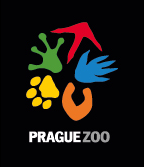Other Activities
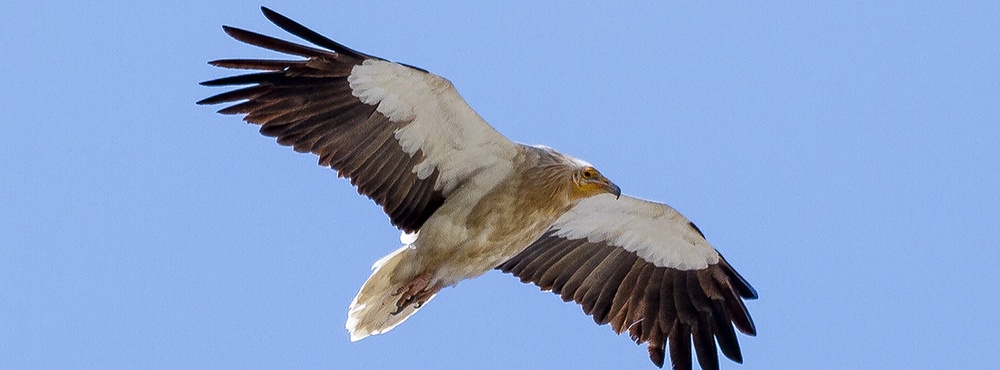
Prague Zoo provides financial support to the Bulgarian conservation organisation Green Balkans. Among other things, it has contributed to the construction of breeding aviaries and the establishment of a feeding site for the local wild vultures.

We supported the establishment of a feeding site for vultures in the Stara Planina Mountains, providing them with safe, uncontaminated food
Photo: Petr Hamerník, Prague Zoo
In 2013, thanks to Prague Zoo’s support, three aviaries were built in the rescue and breeding centre in Stara Zagora, Bulgaria. They are used both to rehabilitate injured or otherwise disabled individuals from the wild, and for breeding purposes, with the offspring being released back into the wild.
In September 2016, Prague Zoo also funded the construction of a “vulture restaurant” near the village of Partizani in central Bulgaria, on the eastern edge of the Stara Planina Mountains. This safe feeding site provides birds with sufficient food while they are caring for their chicks and serves as the first stop for those returning from their long migration from Africa, allowing them to regain lost energy. A well-organised network of feeding sites is crucial to reduce the risks associated with poisoning from contaminated baits.
To improve the efficiency of its partner organisation Green Balkans and to facilitate the transport of food to the feeding site, Prague Zoo donated an all-terrain vehicle with a trailer. Egyptian vultures’ nests are mostly built in rock formations and are 1 to 1.5 kilometres apart as the crow flies, however, in the Stara Planina Mountains, this relatively short distance means detours of up to tens of kilometres in mountainous terrain for Green Balkans staff.
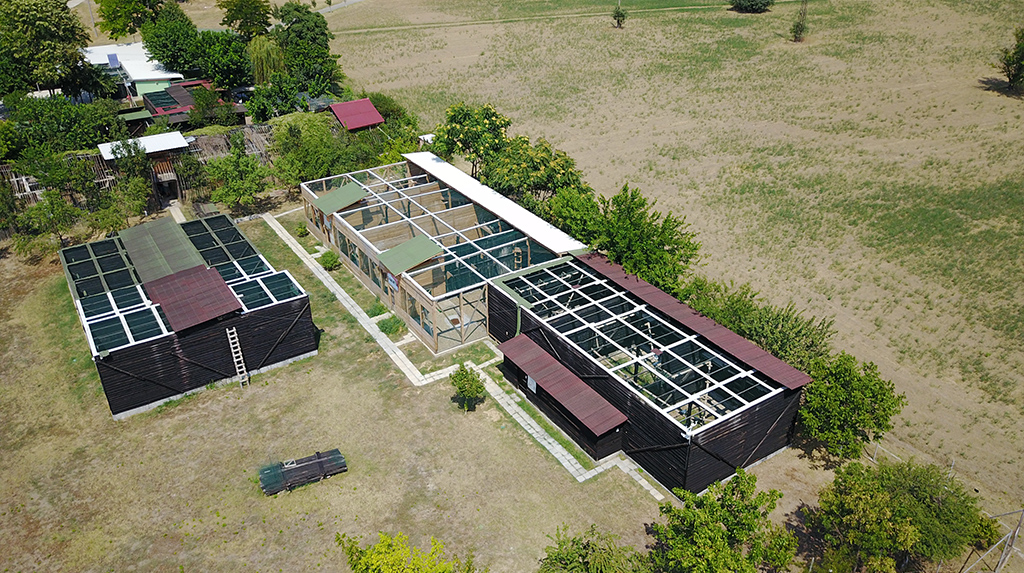
View of the breeding and acclimatisation aviaries at the rescue centre in Stara Zagora, built with the support of Prague Zoo.
Photo: Martina Matysová, Prague Zoo
Prague Zoo’s in situ conservation efforts for vultures are, however, not limited to Bulgaria. Initiatives to strengthen local populations have also focused on Apulia in Italy, where two Egyptian vultures from Prague Zoo were released in 2015, and in the future, Prague Zoo plans to support vulture populations in Sicily and Andalusia, Spain.
The smallest of the five vulture species found in Europe, the Egyptian vulture is, together with the Rüppell’s vulture, also the most endangered of them. This is why Prague Zoo is pursuing and developing a project aimed at helping vultures in their southern European homeland.
| Focal species: Egyptian vulture (Neophron percnopterus) Where we help: Bulgaria (mainly the Eastern Rhodope Mountains) and other areas in southern Europe Project active since: 2013 |
 Vultures under threat
Vultures under threat
To a greater or lesser degree, vultures are threatened on every continent where they live, including Europe. The main causes are poisoning from agrochemicals, veterinary drugs, and toxic baits. Power lines also pose a serious threat.
 Breeding programme
Breeding programme
Prague Zoo ranks among the most successful breeders of the Egyptian vulture. Since 2002, it has kept the species’ studbook, and since 2012, it has coordinated its EAZA Ex-situ Programme (EEP), a population management and conservation programme under the auspices of the European Association of Zoos and Aquaria (EAZA).
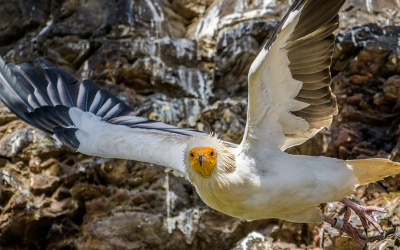 Return to the wild
Return to the wild
We take part in releasing captive-bred chicks back into the wild. We have also contributed to research on release methods designed to ensure the highest possible survival rate for young vultures.
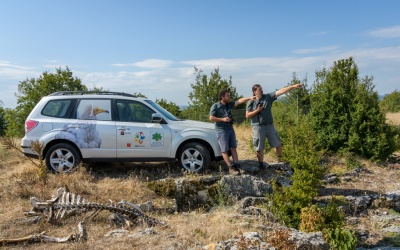 Other activities
Other activities
Prague Zoo provides financial support to the Bulgarian conservation organisation Green Balkans. Among other things, it has contributed to the construction of breeding aviaries and the establishment of a feeding site for the local wild vultures.
ZOOPRAHA.CZ
Contacts
- The Prague zoological garden
U Trojskeho zamku 120/3
171 00 Praha 7
Phone.: (+420) 296 112 230 (public relations department)
e-mail: zoopraha@zoopraha.cz
Others
